Remaking Law Firms: Growth won’t solve your firm’s problems
From Maister to Porter – How the market for law firms has changed!
How the market for law firms has changed! Who would have thought we’d be applying Michael Porter’s Five Forces model to understand law firm strategy?
Let’s face it Porter’s Five Forces, which draws upon classical industrial organization economics, is a framework to understand and address the dynamics of competition and profitability in an industry populated with companies – not partnerships of professionals.
Testimonials and Reviews
I have just read your excellent book on law firms; it should be a compulsory read for all lawyers and law firm management.
I was particularly interested in the material on page 211 regarding the change-averse personality of so many lawyers. I think lawyers become very occupation bound, which makes it very difficult for them in moving to a second career.
In my view you could break this material down further by the types of law people practice. Someone should tackle this subject. Over the years I have seen many lawyers for one reason or another been forced to accept another career, but their personalities make it difficult to change. This involves much more than having multiple qualifications.
Remaking Law Firms is a great effort!
Editor’s note: John Dahlsen is one of Australia’s foremost corporate lawyers and company directors, most notably: Partner of Corrs Chambers Westgarth | Chairman of The Herald and Weekly Times, Woolworths and Melbourne Business School | Co-Chairman and founder of Southern Cross Broadcasting Australia | Deputy Chair Myer Emporium Ltd | Director of Australia and New Zealand Banking Group | Chairman and owner of JC Dahlsen, Australia’s largest independent timber and hardware merchant.
There is currently no roadmap to the future for the chronically myopic, change-averse legal profession. Fortunately, now comes Remaking Law Firms: Why and How which tells us in well-documented detail how to pack our bags for the journey ahead.
Remaking Law Firms is an important contribution to the discussion that is feeding the dreams and nightmares of wise and worried BigLaw partners around the world. When the history of the NewLaw era is finally written, George Beaton will occupy a leading role in its development and execution. You don’t have to buy into everything George says to find value in his views.
Remaking Law Firms blends George Beaton’s twenty-five years of market leading research and legal consulting with Imme Kaschner’s interest in the legal services industry, work and change, to produce an outstanding analysis of the future of the legal profession. They encourage lawyers to challenge their assumptions to meet the rapidly shifting legal environment. Law firm leaders will ignore this book at their peril!
No-one knows exactly what the future holds. Some create their own future; others need to be prepared and flexible for whatever happens. As old certainties disappear and new ones are not available, the most powerful question any strategy process can ask is: “What if…?” There is no better preparation or companion for generating answers to that question than Remaking Law Firms.
The status quo in the legal industry has a way of ossifying in the minds of law firm leaders. We had better get over it. George Beaton and Imme Kaschner predict a world in which change must be embraced as you would an old friend. Ignore their message at your peril.
The inexorable march from a firm-centric legal services world to a client-focused and driven one continues. Firms may agree or disagree with George Beaton’s and Imme Kaschner’s presentation, prognosis and prescription in Remaking Law Firms: Why and How – but only those with hubris or myopia will disregard this compelling work.
The financial boom of the Noughties masked the ending of a golden era of private legal practice. Since the Global Financial Crisis law firms have confronted a new reality but have been ill-equipped to do so. Remaking Law Firms provides just the guidance needed by professional legal management.
George Beaton and Imme Kaschner build a compelling case for change with this accessible, research-based, and remarkably wide-ranging resource for building the future of our profession and practices, inside firms and in-house. For lawyers who are open to it, their insights help clearly identify where opportunities can be seized within the kaleidoscope they describe.
A lively blend of consulting experience and management theory, this book sets a challenging agenda for law firms of the future. With evident expertise, George Beaton and Imme Kaschner ask and answer the central strategy questions for twenty-first century legal businesses.
In the slow growth law firm industry, where competition for work and talent has intensified and pricing pressure is high, building a differentiated brand and a more efficient business model have become more important than ever before. Remaking Law Firms: Why and How is a welcome primer on the challenges and opportunities facing law firm leaders now and in the future.
George Beaton’s Remaking Law Firms offers law firm leaders a comprehensive and pragmatic examination of the present and future legal landscape and what firms can do to make the most of it. As the title suggests, Beaton believes law firms must remake themselves. He provides very valuable counsel on how they should do it.
Contributors to the Book
A cross-section of 40 BigLaw firm leaders, clients, NewLaw pioneers, academics, and consultants from six countries provided contributions to Remaking Law Firms. Their insights and opinions have greatly enriched Remaking Law Firms. Thank you all for your generosity in sharing your views with the readership of Remaking Law Firms.
| Stephen Allen, DLA Piper | Mel Anderson, Grant Thornton | Liam Brown, Elevate Services | Toby Brown, Akin Gump | Richard Burcher, Validatum | Paul Carr, Axiom Law | Eric Chin, Beaton | Lisa J. Damon, Seyfarth Shaw | Leon Flavell, PwC Legal | Ron Friedmann, Fireman & Co | Stuart Fuller, King & Wood Mallesons | Tahlia Gordon, Creative Consequences | Kenneth A. Grady, SeyfarthLean Consulting | Andrew Grech, Slater and Gordon Lawyers | Susan Hackett, Association of Corporate Counsel | Simon Harper, Lawyers On Demand | William (Bill) Henderson, Indiana University | Silvia Hodges Silverstein, Buying Legal Council | Rick Kathuria, Gowling Lafleur Henderson | Michelle Mahoney, King & Wood Mallesons | Steve Mark, Creative Consequences | David Morley, Allen & Overy | Alastair Morrison, Pinsent Mason | Gerard Neiditsch, University of St. Gallen | David Perla, Bloomberg BNA Legal | Andrew M. Perlman, Suffolk University Law School | Edwin B. Reeser, author | Mark Rigotti, Herbert Smith Freehills | Michael Roster, ACC Value Challenge | Jeremy Szwider, Bespoke | Mark Tamminga, Gowling | Richard Tapp, Carillion plc | Thomas Thoppil, Hewlett-Packard | Steven M. Walker, Hewlett-Packard | Peter Weill, Chairman of MIT’s Center for Information Systems Research | Nick West, Axiom Law | Geoff Wild, Kent County Council | Peter Williams, Deloitte | Pam Woldow, Edge International | David Worley, PwC |
Alastair Morrison
Head of Client Strategy, Pinsent Mason, U.K.
more..
Andrew Grech
Group Managing Director of Slater & Gordon Lawyers, Australia and U.K.
more..
Andrew M. Perlman
Professor, Suffolk University Law School. Vice-Chair of the ABA’s Commission on the Future of Legal Services, U.S.A.
more..
David Morley
Allen & Overy’s worldwide Senior Partner, U.K.
more..
David Perla
President, Bloomberg BNA Legal. Co-CEO and co-founder of Pangea3
more..
David Worley
Managing Director, Marketing and Sales, PwC, U.S.A.
more..
Edwin B. Reeser
Author on law firm management, leadership, operations, and economics, U.S.A.
more..
Geoff Wild
Director of Governance and Law at Kent County Council, U.K.
more..
Gerard Neiditsch
University of St. Gallen, Switzerland.
more..
Jeremy Szwider
Principal and Founder, Bespoke, Australia.
more..
Kenneth A. Grady
Former Chief Executive Officer, SeyfarthLean Consulting, U.S.A.
more..
Liam Brown
Founder and Chairman, Elevate Services, U.S.A
more..
Leon Flavell
Leader, PwC Global Legal Services Network, U.K.
more..
Lisa J. Damon
Partner and Executive Committee, Seyfarth Shaw, U.S.A.
more..
Mark Rigotti
Joint CEO, Herbert Smith Freehills, U.K.
more..
Mark Tamminga
Partner, Gowling Lafleur Henderson, Canada.
more..
Mel Anderson
Head of Information & Insights at Grant Thornton, Australia
more..
Michael Roster
Co-chair, ACC Value Challenge, U.S.A.
more..
Michelle Mahoney
Executive Director of Innovation, King & Wood Mallesons, Australia.
more..
Pam Woldow
Principal, Edge International, U.S.A.
more..
Peter Weill
Chairman of MIT’s Center for Information Systems Research and senior research scientist at the MIT Sloan School of Management, U.S.A.
more..
Peter Williams
Chief Edge Officer for the Centre for the Edge, Deloitte, Australia.
more..
Richard Burcher
Managing Director, Validatum, U.K.
more..
Richard Tapp
General Counsel, Carillion plc. U.K.
more..
Rick Kathuria
National Director: Project Management and Legal Logistics, Gowling Lafleur Henderson, Canada.
more..
Ron Friedmann
Consultant with Fireman & Company, U.S.A.
more..
Silvia Hodges Silverstein
Executive Director, Buying Legal Council, U.S.A.
more..
Simon Harper
Co-founder, Lawyers On Demand, U.K.
more..
Stephen Allen
Director of Service Delivery and Quality, DLA Piper, U.K.
more..
Steve Mark
Director, Creative Consequences. Former Legal Services Commissioner, New South Wales, Australia.
more..
Vice President and South Pacific Counsel, Hewlett Packard Enterprise.
more..
Stuart Fuller
Global Managing Partner, King & Wood Mallesons, Hong Kong.
more..
Susan Hackett
Former General Counsel, the Association of Corporate Counsel, U.S.A.
more..
Tahlia Gordon
Director of Creative Consequences. Former Research & Projects Manager, Office of the New South Wales Legal Services Commissioner, Australia.
more..
Thomas Thoppil
Vice-President and Deputy General Counsel for Asia Pacific and Japan, Hewlett-Packard Company, Singapore.
more..
Toby Brown
Chief Practice Officer, Akin Gump, U.S.A.
more..
William (Bill) Henderson
Professor, Indiana University, Maurer School of Law, U.S.A.
more..
Contents
1> Introduction
2> The Legal Services Industry Today
3> Porter’s Five Forces and Maister Maxed Out
4> Clients of the Future
5> The 2025 Kaleidoscope Scenario
6> Diagnosing Your Firm’s Readiness for Change
7> Designing the Business Model
8> Brand, Marketing, and Business Development
9> Pricing and Fee Arrangements
10> Sourcing and Outsourcing
11> Legal Project Management and Process Improvement
12> Technology, Knowledge Management, and Analytics
13> Partners, Innovation, and Change
14> Outlook
Change does not come easily to the legal profession. We are trained to be skeptical, cautious, anchored in precedents and tradition. Yet, disruptive change is here…
There was a time when we mostly worried about advising clients and billing time. Today, we deal with disruptive technologies, commoditization, unbundling of legal services, globalization of firms, neologisms like BigLaw and NewLaw, and “co-opetition.” These terms reflect changes…of a magnitude and variety our clients and our profession have not previously experienced…that challenge many of the ethical foundations of what makes ours a special, regulated profession.
Cost-conscious clients (empowered by new tools and technologies) are challenging us to manage projects better, improve efficiencies, control costs, and assure quality. They want the right people doing the right things the right way, at the best possible cost, and as quickly as they require.
These are not the challenges many in our noble profession signed up for…but they cannot be avoided. And, truth be told, they are making what we do far more professional, and more exciting and rewarding for those who embrace and adapt to change and the opportunities it brings.
As chief change agent for one of the world’s largest law firms, I am constantly looking for insights and advice to help us make sense of change, and to make those changes necessary for us to remain one of the world’s leading law firms. That is why I am delighted to introduce Remaking Law Firms: Why and How.
Eduardo C. Leite
Chairman of the Executive Committee
Baker & McKenzie International
–––0–––0–––
Perhaps ironically, the origins of Remaking Law Firms, a book about traditional firms, lie in an innocuously titled blog post ‘The rise and rise of the NewLaw business model’…which kicked off a lively and passionate cyber-exchange…involving Australia, Canada, Hong Kong, Spain, the United Kingdom, and the United States, culminating in publication of NewLaw New Rules: A conversation about the future of the legal services industry in December 2013.
In this turbulent, even hostile, environment the time is right for an unflinching look at the traditional law firm business model in Remaking Law Firms: Why and How.
Law firms around the world have relied on the BigLaw business model for decades because it delivered excellent service to clients and handsome profits to partners. But the times have changed…price-down pressures, commoditization, and increasing client demand for efficient, business-relevant services. To respond, law firms will have to go beyond cutting costs while preserving the general way they win work, produce work, and govern themselves.
Law firms need to remake their business models to improve alignment with the needs of commercial clients. Remaking Law Firms: Why and How will fuel a desire for change in law firms that goes beyond thinking and planning, and leads straight into the challenging, exciting world of implementing change, and ultimately to better client service.
George Beaton & Imme Kaschner
Melbourne, Australia
–––0–––0–––
Remaking Law Firms sets out a compelling scenario showing how client demand is driving deep changes in the legal services industry. Our analysis of the future (the Why) leads to a comprehensive assessment of how firms can—and must—adapt to the new normal by changing, i.e. remaking, their business models. Remaking will be done in many ways, including learning from and cooperating with non-traditional legal services providers (the How). Many examples and case studies from innovative law firms, in-house departments, non-traditional providers, and others bring the concepts to life.
–––0–––0–––
2> The Legal Services Industry Today
Today’s law firms share a business model that we call ‘BigLaw’. BigLaw has been immensely successful for clients and partners over many decades, but the model is increasingly less well suited to competing in an industry characterized by buyer power, cost pressures, increasing digitization, and substitutes. BigLaw firms and competing NewLaw providers are compared in how they win legal work, how they produce work, and how they are led and governed. Demands to ‘do more for less’; an ongoing shift of work from law firms to in-house legal departments; the rapidly growing role of digitization; a move away from artisanal, one-off practices to commoditized services; globalization, and possibly even large scale deregulation are pervasive trends shaping the future of the industry.
–––0–––0–––
3> Porter’s Five Forces and Maister Maxed Out
Incumbent traditional law firms are under great pressure from hypercompetition with each other, backward integrating clients, NewLaw substitutes, lawyers who have more power in supplying their talent, and new firms entering. The industry is now truly and irreversibly mature which has profound, mainly adverse, consequences. A case study graphically illustrates why strategies that rely on pulling the levers in David Maister’s formula for law firm profitability are no longer a sustainable way forward.
–––0–––0–––
Clients of the future will be more discerning and seek value beyond price reductions. The growth of in-house departments parallels a reduction in external legal expenditure with the allocation of the remaining spend depending on the nature of the work and analytics. Spending is more consolidated to maximize clients’ buying power and the benefits of cooperation between clients and external providers. Procurement professionals are increasingly involved in selecting outside counsel. Client companies without in-house legal departments and start-ups offer growth opportunities to law firms.
–––0–––0–––
5> The 2025 Kaleidoscope Scenario
Major changes in the legal services industry make the next decade very uncertain for BigLaw firms. By 2025 the legal services supply chain—clients, law firms, and other types of services providers—will look very different to today. Our analysis of the industry serving corporate clients makes one multifaceted scenario most likely. This ‘kaleidoscope’ scenario is set in 2025 and in the kaleidoscope many forms of legal services providers, not only traditional law firms, coexist, compete, and cooperate, depending on clients’ preferences, jurisdiction, and area of corporate and commercial law.
–––0–––0–––
6>Diagnosing Your Firm’s Readiness for Change
A diagnostic tool for law firms is provided. It helps firms to assess their levels of awareness of changes in the legal services market, to what degree individuals and firms have already changed how they win work and how they do work, and the change readiness of their firms. The scoring process directs change initiatives by identifying strengths and weaknesses in specific areas that are important in remaking the firm. The scores and their interpretation provide guidance on how to use our book.
–––0–––0–––
7> Designing the Business Model
A business model sums up how a firm works, and how it makes money, i.e. how work is won, how work is done, and how the enterprise is led and governed. The business models of BigLaw and NewLaw firms are quite different. Remaking a firm means designing its business model to move toward the more client-centric, more efficient, and more agile hallmarks of the NewLaw business model. A larger firm can consist of two or more different business models through an ownership stake in captives or legal start-ups, through sourcing from NewLaw providers, by providing on-demand legal talent agencies, and/or by offering commoditized online services.
–––0–––0–––
8> Brand, Marketing, and Business Development
Brands are what make services providers stand out in commoditized markets. Law firms are missing opportunities by focusing too much on personal partner brands. Building a credible brand around differentiated and, for some, diversified offerings, is based on comprehensive market- and client-derived insights. Diversification into new services and markets cannot succeed without brand permission. Marketing-related activities communicate the firm’s brand purpose to influence clients’ decision-making. Successful marketing is based on research and analysis. A dedicated, professional sales team creates value through better business development, quality client relationships, and client service.
–––0–––0–––
9> Pricing and Fee Arrangements
The billable hour has shaped the culture of the traditional law firm in a profound manner, but in the interests of clients, law firms must move more rapidly away from it as the dominant form of pricing. AFAs can be employed profitably and have the potential to increase realization rates and demonstrate better alignment with clients’ needs. Pricing needs to address how pricing fits into the firm’s overall strategy, who is responsible, and how pricing is measured and executed. Pricing needs involvement and data input from all parts of the firm. It is important for firms to understand that cost consciousness is a stronger driver of clients’ perceptions of value than is low price offers.
–––0–––0–––
Options for innovative sourcing include on-demand workers, captive entities, and third-party outsourcing. Clients are the driving force that leads law firms to explore alternative sourcing options. A clear understanding of how legal work is produced, at what cost, and how it relates to risk is necessary to identify appropriate outsourcing targets. Law firms working with LSOs and LPOs are understandably concerned about quality and client confidentiality, which have to be managed by communication, procedures, and agreements.
–––0–––0–––
11> Legal Project Management and Process Improvement
LPM is about a structured approach to the management of legal matters to meet the clients’ and the firm’s expectations in respect of quality, time, and budget. Whereas LPI is about optimizing processes to achieve a balance of quality, cycle time, and efficiency. The two methods need to be combined in any initiative aimed at reducing costs and improving service levels. Relying too heavily on technology in implementing LPM ignores the significant challenge in helping lawyers learn to work differently. Bringing LPM and LPI together requires significant time, investment, and dedicated project management expertise.
–––0–––0–––
12> Technology, Knowledge Management, and Analytics
Driving maximum value from IT is achieved by structuring IT governance with senior management accountability and seamless IT integration across the firm. Information technologies are already replacing lawyers to some extent. Artificial intelligence enables the analysis of vast amounts of complex, language-based data in a more consistent and efficient way than humans can. Expert systems allow firms to broaden their services to clients and leverage their expertise beyond custom-made individual advice. Analytics help firms provide more quantitative information relating to legal risk management. Visualization is an effective tool to improve communication of both qualitative and quantitative information in legal as well as other contexts.
–––0–––0–––
13> Partners, Innovation, and Change
The ubiquitous nature of change in the industry necessitates transformational rather than incremental change in law firms. This invokes negative emotions, the ‘change monster’, added to which lawyers are conservative and risk-averse. Their quest for perfection is at odds with the experimental approach that is a necessary part of change. Innovation—or remaking—must be an integral part of a firm’s overall strategy, starting in small ways with a portfolio of innovation initiatives. Sustainable change initiatives require very considerable resources and must be led from the top. Successful change depends on monetary and nonmonetary signals, i.e. partner performance management and remuneration. The change journey needs to start now and be continuous.
–––0–––0–––
If you agree with any our assessment of the future of the legal services industry and the consequences for traditional law firms you have concluded the traditional model is not sustainable without significant changes. We hope reading Remaking Law Firms inspires you, and helps you be ready and able to take remaking action in your firm.
–––0–––0–––


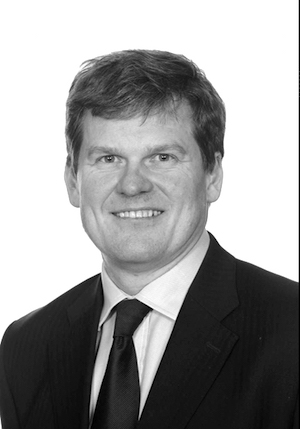
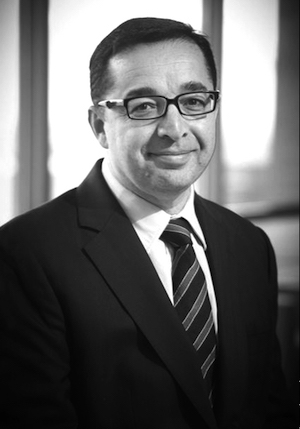



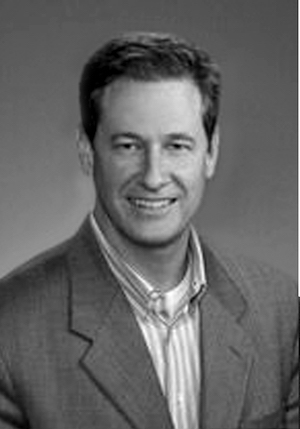
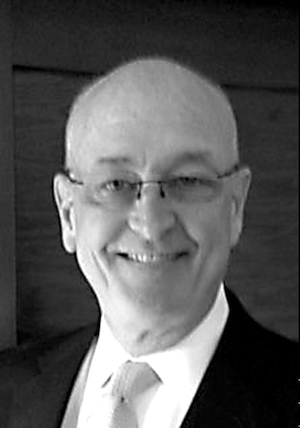







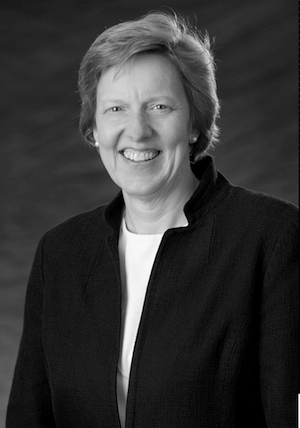
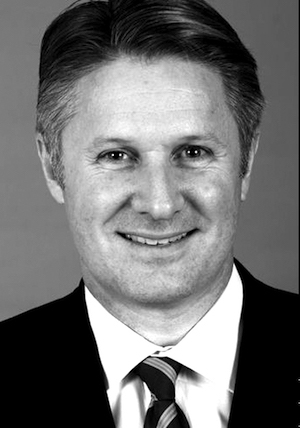


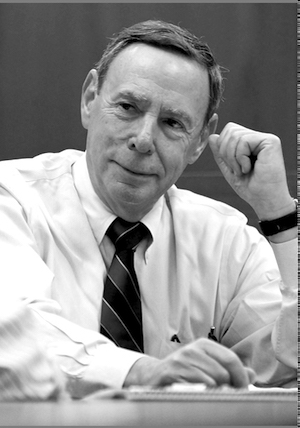

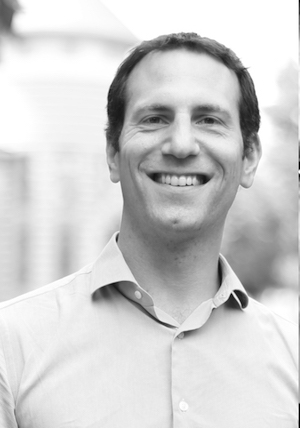


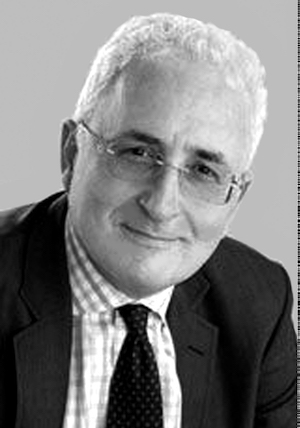

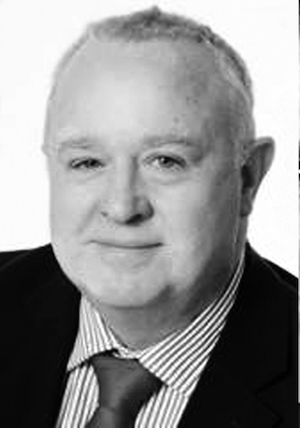



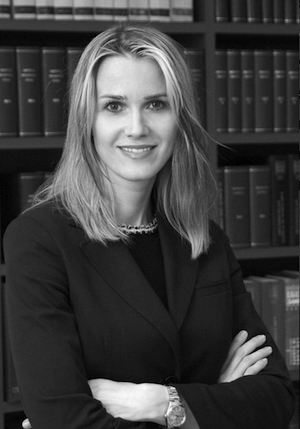


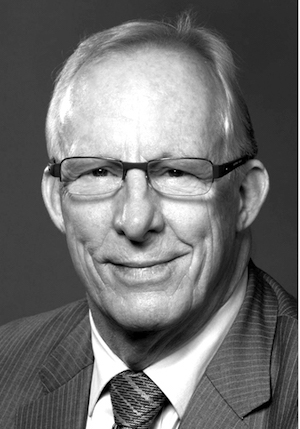
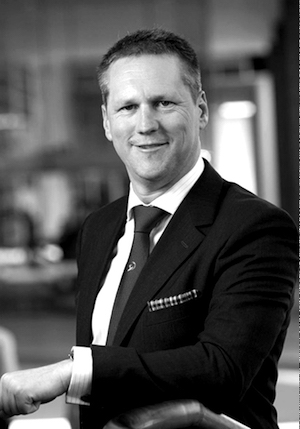
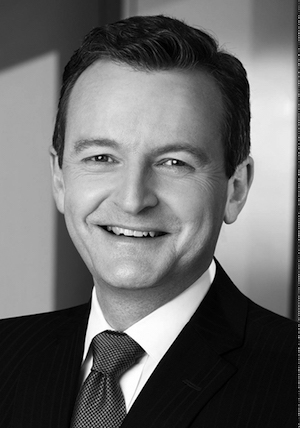



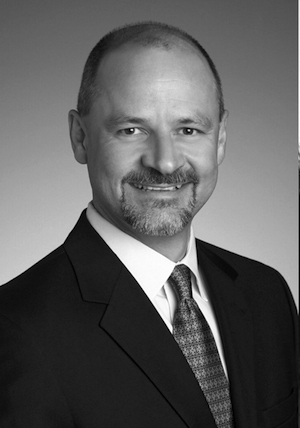

Recent Comments